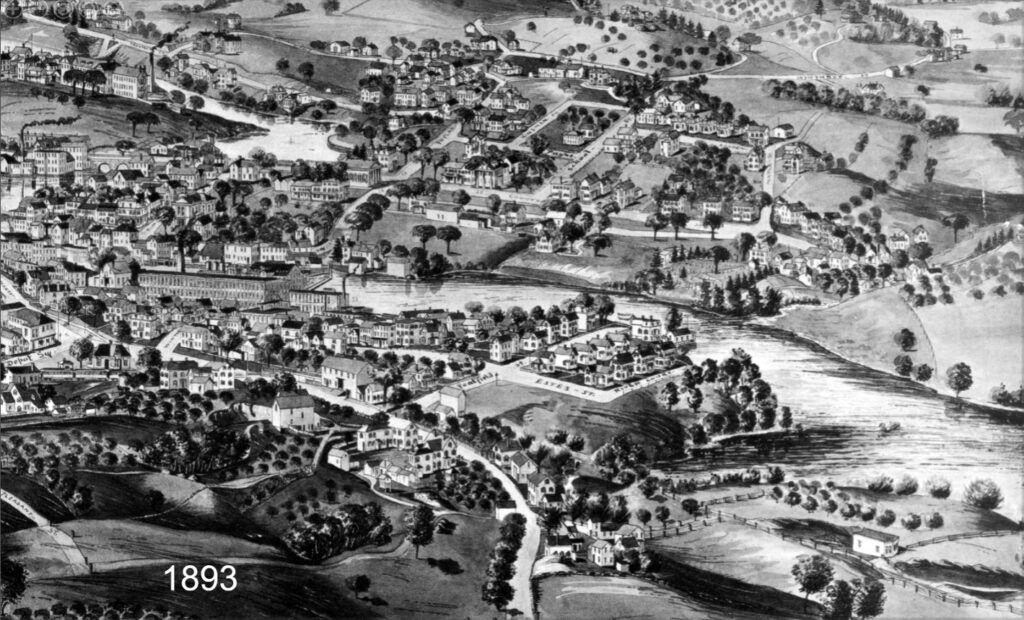If you’re feeling like dams have been in the news a lot recently, you wouldn’t be wrong. Locally, we have the Ipswich Mills Dam and South Middleton Dam projects inching forward, combined with a national and international groundswell behind the dam removal movement. But why do all these dams exist in the first place?
People have been plugging up rivers and waterways forever. The earliest native tribes in our area constructed weirs in order to make catching fish easier. Oftentimes these weirs were constructed at natural elevation changes along the river. Early colonizers and later industrialists adopted a similar strategy to take advantage of locations that would provide the power necessary to generate all kinds of mills.
Grist mills, powder mills, textile mills, paper mills – you name it, and there is a good chance that one of the local Ipswich River watershed dams served that purpose at some point. But as the need to power mills has long been replaced by electricity, these dams still linger on the landscape.
It’s well known that New Englanders aren’t the biggest fans of change. Dams have become a part of our local scenery and people often associate them with that “small town feeling”, providing that extra touch of quaintness. But when viewed as pieces of aging infrastructure, is a dam really any different than a neglected potholed road or old lead or wooden pipe systems?
Aging roads and pipes will get repaired and replaced because they provide services to the public. Meanwhile, our dams that no longer serve a purpose continue to age in place while posing a risk to public safety and infrastructure and actively damaging the environment.
Dams had their time. Now it’s time for our generation to leave their mark on the landscape by taking these dams out and letting the rivers run free again.
Want more on dams? Read about our work on the Ipswich Mills Dam and The South Middleton Dam.


Pingback: eNEWS TEST - Ipswich River Watershed Association